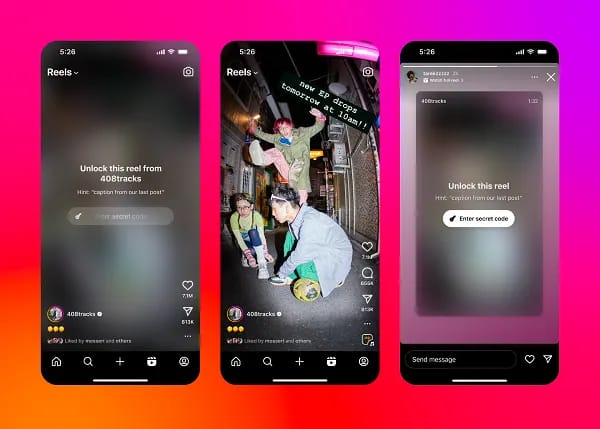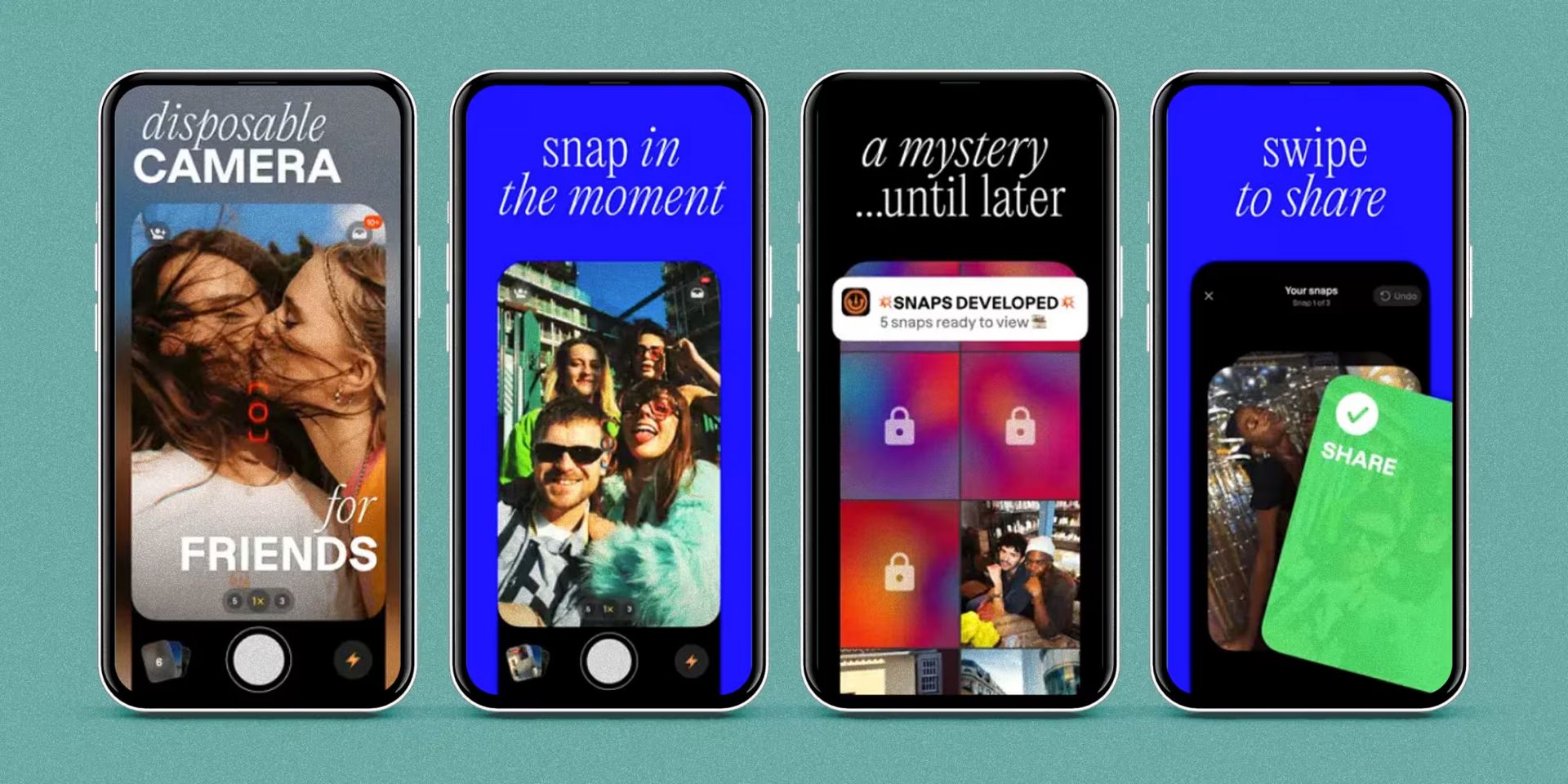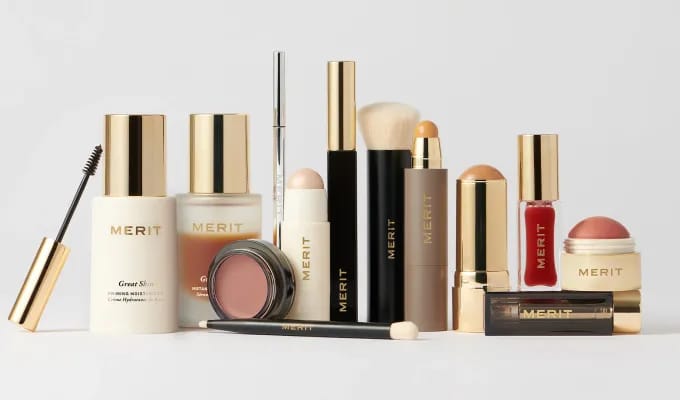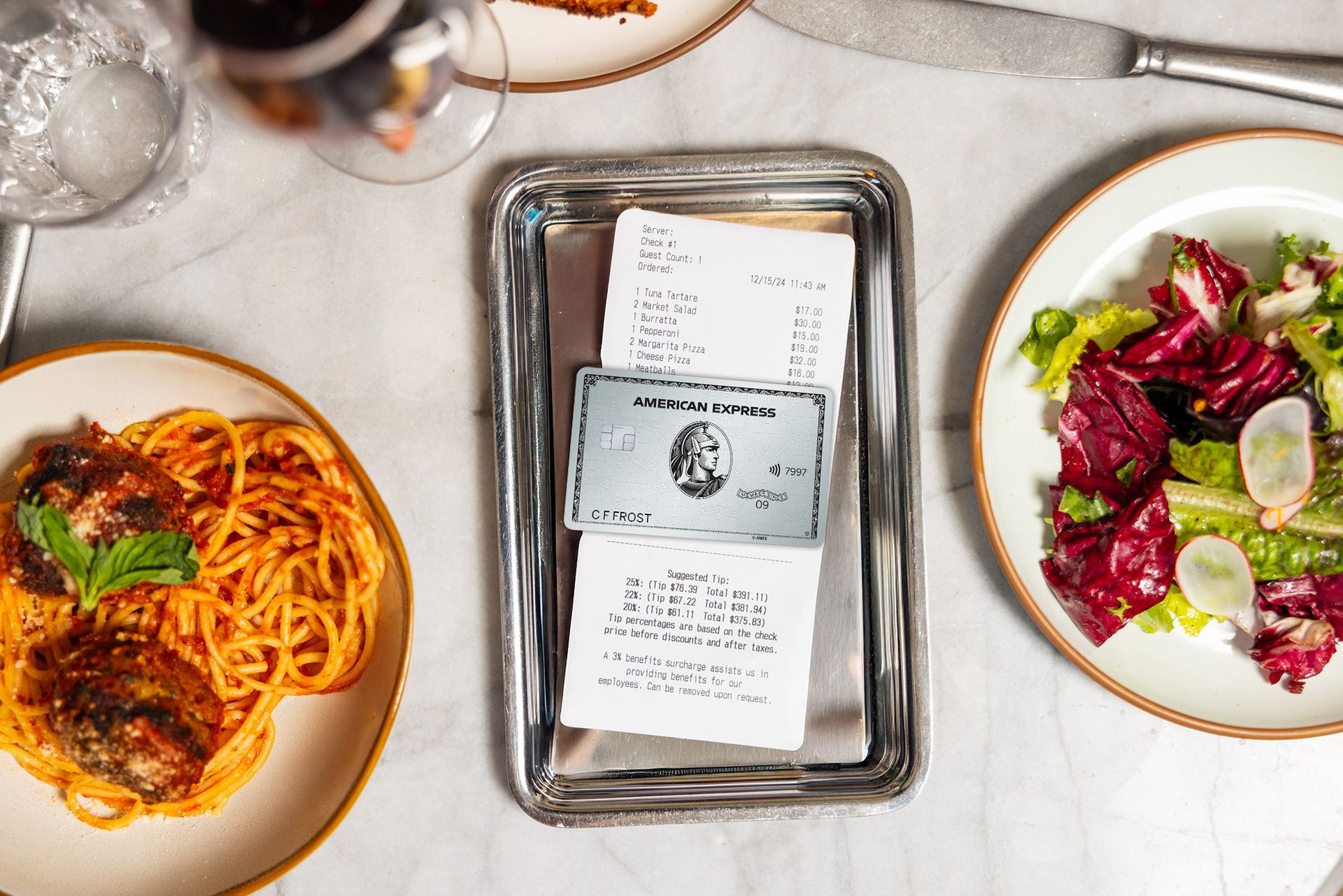- New Wave
- Posts
- Strategic Gatekeeping
Strategic Gatekeeping
The new exclusivity playbook that has nothing to do with price


𝑰𝒏 𝑻𝒐𝒅𝒂𝒚'𝒔 𝑾𝒂𝒗𝒆:
🚪 How barriers became the product, not obstacles to it
💳 When exclusivity shifted from wealth to access codes
🔒 Why companies profit more from saying "no" than "yes"
⚡ What this means for membership, status, and digital belonging
𝑻𝒉𝒆 𝑺𝒉𝒊𝒇𝒕
Gatekeeping used to look like velvet ropes, bottle service, and "ask for the manager." It was about wealth – flash your card, skip the line. Simple economics of exclusivity.

Now? The most powerful gates are digital, silent, and unhackable.
I'm calling this shift "Strategic Gatekeeping" – when brands engineer scarcity through technology, timing, and artificial limits rather than traditional price barriers. Companies discovered they can create exclusivity without raising prices, using barriers that have nothing to do with what you can afford.
The gate isn't about your wallet anymore. It's about whether you have the right app, the right credit card, or got there at the right time.
𝑾𝒉𝒚 𝑵𝒐𝒘?
Three converging factors make this shift particularly significant:
Premium pricing hit its limits. When luxury brands became accessible through financing and resale markets, traditional exclusivity broke down. You can get a Birkin bag, just not easily. Companies needed new ways to create genuine scarcity that money alone couldn't solve.
Digital tools enabled precise control. Apps can now enforce exclusivity at the code level – blocking screenshots, limiting signups, or requiring specific credentials. Technology makes barriers both invisible and absolute in ways physical gatekeeping never could.
Status shifted from ownership to access. Gen Z values experiences over possessions, but not all experiences. They want the ones that are hard to get, impossible to fake, and genuinely limited. Strategic gatekeeping creates real digital scarcity in an age of infinite digital abundance.
Quiz: Which of the following search terms was flagged as a “breakout” trend (i.e. +5,000% growth) in Google Trends during 2025?
𝑬𝒂𝒓𝒍𝒚 𝑺𝒊𝒈𝒏𝒂𝒍𝒔
Instagram Lockable Reels: Code Required, screenshots disabled
Instagram has launched a test feature that lets creators lock Reels behind a secret code and viewers must enter that code to unlock content hidden under a blur and a lock icon. Tyler the Creator shared an exclusive clip to promote the release of his new album Don’t Tap the Glass. Those without the code see only a locked thumbnail and a prompt asking them to enter it. This is a pure form of barrier-based access: the gate isn't about price, it's about permission and — a secret passphrase.

Lapse: Timing-Based Exclusivity
This UK based photo app hit #1 on the App Store, then immediately closed signups after reaching 1.2M users to "preserve intimacy." Lapse describes themselves as an "invite-only disposable camera,” meaning you can only get started by inviting a friend, but the amount of friends you have to invite depends on when you sign up. Example, you might have to invite five friends but your friend who signs up shortly after might have to send an invite to eight friends. Not to mention, your photos aren’t available for 24-hours because they’re developing.

Raised $30 million in Series A funding
Merit Beauty: Quantity Gatekeeping.
While beauty brands launch products monthly, Merit has released exactly 14 items since 2021. No holiday collections, no limited editions, no constant drops. The CEO credits success to "controlled growth through product scarcity." Each launch becomes an event because availability is genuinely limited by design, not demand.

Resy: Credential-Based Access
The more popular a restaurant gets on Resy, the harder it becomes to book – unless you have an AmEx Platinum. The platform gates prime tables behind specific credit cards. It's not about spending more money at dinner; it's about having the right relationship with the right bank before you even think about eating.

𝑭𝒖𝒕𝒖𝒓𝒆 𝑰𝒎𝒑𝒍𝒊𝒄𝒂𝒕𝒊𝒐𝒏𝒔
Barriers become premium features. Companies will charge more for products with built-in limitations. The waiting list, the approval process, the exclusive access – these friction points become selling points.
Gatekeeping gets sophisticated. Expect multi-layered access systems: right timing + right credentials + right behavior. AI will manage who gets in based on engagement patterns, not just payment ability.
"No" becomes a competitive advantage. Brands will compete on rejection rates, not acceptance rates. "We turn away 90% of applicants" becomes marketing copy. The companies that grow fastest will be the ones that say no most strategically.
Ultimately, difficulty will re-establish itself as a luxury position. People will always value what they had to work hard to access.

𝑸𝒖𝒊𝒄𝒌 𝑻𝒊𝒑𝒔
🚪 Design your own gates: Create barriers that aren't about money – application processes, referral requirements, or limited time windows. Make exclusivity about effort or timing, not just spending power.
⏰ Use success to trigger scarcity: When something gets popular, make it harder to get, not easier. Close signups at peak demand. Limit quantity when orders surge. Counterintuitive, but it creates more long-term value than flooding the market.
🎯 Layer your access systems: Don't rely on one barrier. Combine timing (limited windows) + credentials (referrals) + behavior (engagement requirements). Make getting in feel like an achievement, not a transaction.

𝑵𝒆𝒙𝒕 𝑾𝒂𝒗𝒆
Answer to quiz: C) Exclusive access. Google Trends marked “exclusive access” as a breakout term this year — reflecting the huge spike in searches tied to invite-only platforms and member-first brands that reject mass reach in favor of scarcity.
The most exclusive experiences won't be the most expensive ones – they'll be the ones you can't buy your way into.
See you next week, same time, same place.
Stay wavey,
Haley